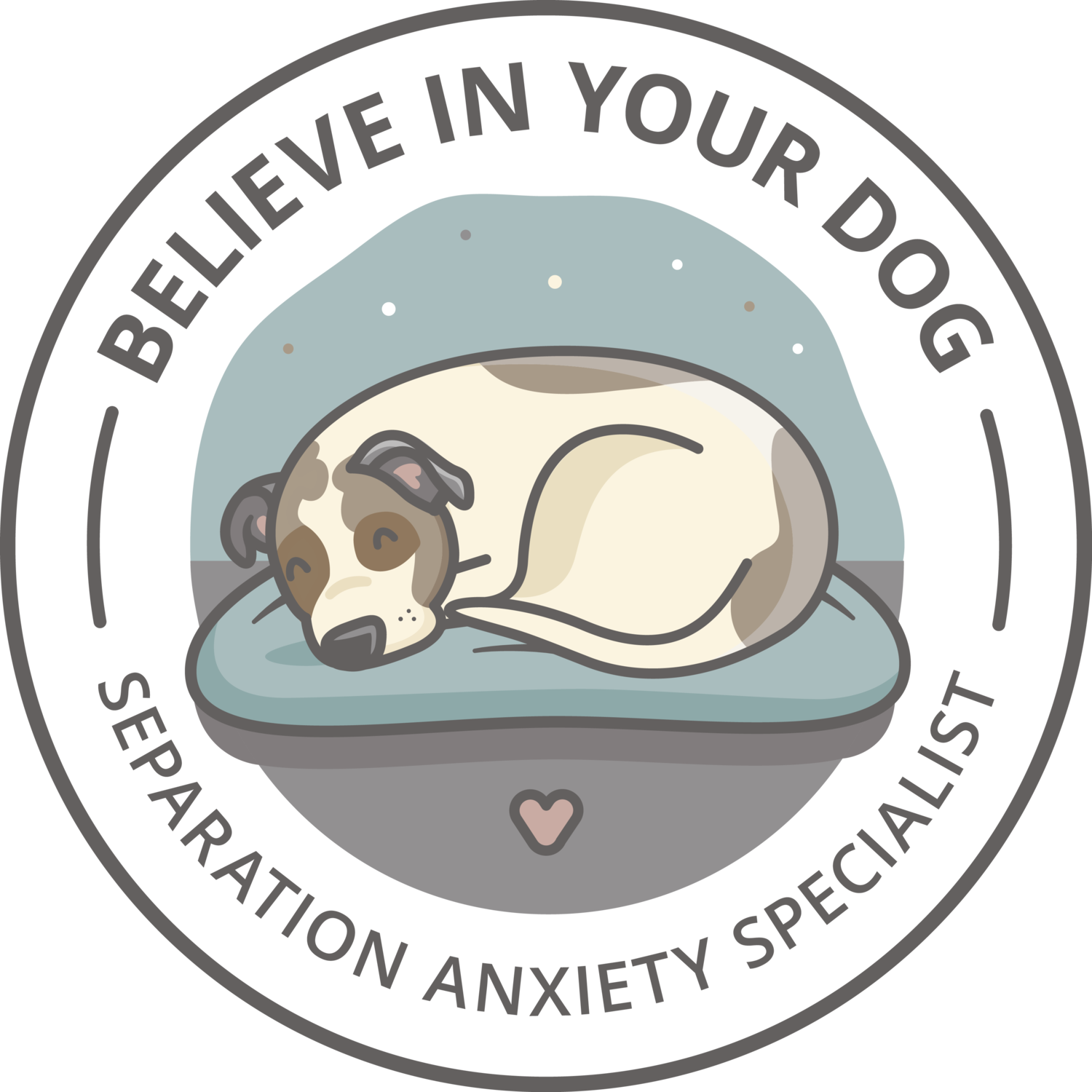The Importance of Tracking Data in Separation Anxiety Training
In separation anxiety training, our goal is to collect data so we can assess two things:
The trend and trajectory of your dog’s progress.
The variables in your dog’s life and environment that could be affecting their ability to maintain upward progress.
So how do we go about tracking this data, and how can it help our training efforts?
Adherence to the Study of One: A Disclaimer
While you will see quite a lot of ‘do this’ and ‘don’t do that’ when it comes to dog training on social media, please keep in mind that it’s critical that we always adhere to the Study of One principle.
Separation Anxiety Resources
Did you know that dog training is an unregulated industry? It is likely that you have searched the internet for solutions to your dog’s home alone time, only to end up frustrated and confused. Here you will find a list of vetted resources for guardians of dogs who are struggling when left home alone.
Achieve Your Separation Anxiety Training Goals Using a Tiered Framework
Days are starting to look different, and that means that alone-time goals are shifting. For many, “leaving the house” now means being gone for 8 hours 5 days a week. And it should come as no surprise that a goal like that will take much longer to achieve than it would to water the plants.
5 Reasons Why Separation Anxiety Training Is Done Online
When it comes to separation anxiety training (and all dog training for that matter), the best trainers don’t need to be physically present to create lasting behavior change. This is because there is no magic in dog training. All that’s needed to teach your dog that being alone is safe are incremental plans, competent criteria-setting and body language literacy. To bring that to the table, all we need is a camera and a keyboard.
How Long Does It Take to Resolve Separation Anxiety?
If you break a bone, your doctor will be able to tell you roughly how long it will take to heal. If you’re building a house, your contractor will know how many months before the job is complete. Unfortunately, resolving separation anxiety isn’t like that. Each dog’s trajectory is different. And recovery can be complex.
Simple but Not Easy: The 3-Step Process to Resolve Separation Anxiety
There are only 3 steps in the separation anxiety protocol that has helped hundreds of my clients overcome alone-time struggles with their dogs. You heard me right – 3 steps. Sounds pretty simple, right? And the truth is, it is quite simple. But it’s not easy.
The Secret Sauce to Separation Anxiety Success: Suspending Absences
In Dog Trainer Speak, the term management refers to an intervention that immediately stops the problem behavior from occurring. It’s the first order of business in any behavior modification plan.
6 Separation Anxiety Myths You Need to Stop Believing In
Separation Anxiety, like most things in life, is multi-faceted and complex. Unfortunately, there is no panacea to cure it, as many popular quick-fix tips and myths have led well-meaning dog owners to believe.
What’s in a Label? Defining Separation Anxiety in Dogs
It may come as a surprise to you that there are in fact different types of separation-related behaviors. Most people use “separation anxiety” as an umbrella term to describe a variety of undesirable behaviors that dogs exhibit when home alone. But it is actually much more discrete than that. Read on to learn more.
Understanding Thresholds in Separation Anxiety Training: A Beginner’s Guide
Let’s talk about thresholds. If your dog is struggling with separation anxiety, your understanding of thresholds is absolutely paramount. It’s the baseline of knowledge you’ll need to create true, lasting behavior change. It’s the foundation upon which a separation anxiety training plan is built. Without it, we’re spinning our wheels and potentially making our dogs worse.
5 Steps to Prepare Your Dog for Post-Pandemic Alone Time
Returning to work? How can we go about helping our dogs adjust to this imminent change in routine? Here are 5 steps to prepare your dog for post-pandemic alone time.













